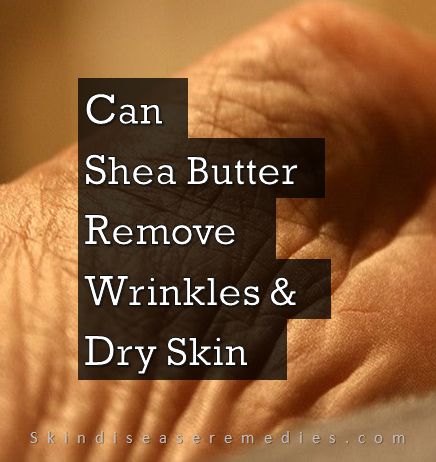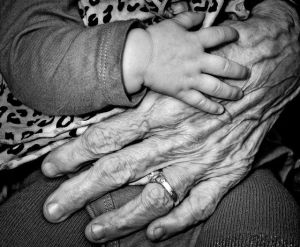
Exceptional healing properties of shea butter made it unrivaled remedy for various chronic skin diseases. Shea butter is a solid, white or ivory colored fat extracted from African tree known as Vitellaria paradoxa. Raw shea butter benefits for skin were harnessed thousands of years ago. From Ancient Egypt till now, it’s continued to be used to protect and soothe skin from harmful UV rays and free radicals.
Nuts obtained from tree are dried and crushed, roasted and grinded to extract raw solid shea butter. While this is the traditional method followed by local African people, industries use Universal Nut Sheller to extract refined shea butter.
According to American Shea Butter Institute, shea butter is classified into various classes, namely Class A, Class B, Class C or Class F. Where, Class A pure shea butter is packed with healing properties and Class F mean poor quality mainly used as a moisturizer with no or less healing properties.
Jump to Nutritional value of shea butter
20 Awesome Benefits of Shea Butter for Skin
1. Healing Trait
Shea butter belongs to non-saponifiable fat and oil with this type has more healing properties, this is what sets shea butter unmatched from other oil because of its large healing properties. And not all shea butters have same healing fractions, class A, shea butter has more healing fraction compared to other classes.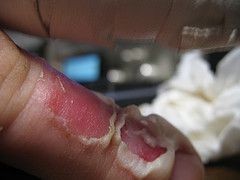
Attributed fatty acids which have exceptional healing properties include oleic, palmitic, stearic and linolenic acids. Though it’s solid at room temperature, it melts when subjected to body temperature and it penetrates into deeper layers of skin to enhance fast healing process.
2. Moisturizing Property
African shea butter benefits are renowned because of its moisturizing ability. According to American Shea Butter Institute, moisturizers in sebum and shea butter are identical. So there is no exaggeration in saying shea butter is unrivaled moisturizing agent.
Most of the skin diseases are triggered because of dry skin, moisture over skin thwarts infection causing bacteria. But when your skin fails to secrete natural oil sebum, then this pave the way to chronic skin diseases.
You can either apply raw shea butter over face and other parts of the body or pour your favorite essential oil into it before using.
3. Antioxidant Qualities
Shea butter includes antioxidant properties in its arsenal that thwarts skin damaging free radicals. Thus promotes healthy and supple skin. Vitamin A, E and cinnamic esters in shea butter show antioxidant properties.
4. Anti-inflammatory Agent
Vitamins and fatty acids in shea butter exhibit anti-inflammatory properties that soothe inflammation caused by acne blemishes, eczema flare-ups and other injuries. It also restrains bacteria which may worsen injury.
5. Shea Butter as a Natural Sunscreen
Alarming levels of pollutants and UV rays damage the skin layer and dehydrates it. Topically applying moisturizer like shea butter protects skin with barriers. Restorative properties in raw shea butter consider as best skin care cream in winter and summer, as it also controls sebum production and hydrates skin when needed. Cinnamic acid esters in shea butter exhibits SPF – 6 approximately.
6. Shea Butter for Anti-aging
Vitamin A and E found in shea butter is well known for keeping skin nourished and supple. This repairs broken connective fibers responsible for skin’s elasticity and postpones aging signs. Though there is no clear proof of vitamin E benefits in anti-aging, it’s described as an effective remedy to treat aging signs.
7. Restores Skin Elasticity
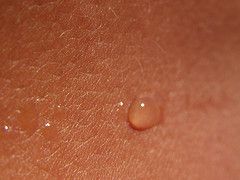
Collagen is the protein responsible for skin’s elasticity and strength. When this connecting fiber breaks skin loses its elasticity and wrinkles or fine lines starts appearing. Vitamin F and non saponifiable properties enhances collagen production and restores skin elasticity.
With topical application, you must also change your diet.
8. Prevents Stretch marks
As a result of weight gain or loss, connecting fibers under skin gets damaged; this forms fine lines over different parts of the skin known as stretch marks. No need to worry its normal and experts say you can’t permanently treat stretch marks. However, vitamins and fatty acids in shea butter can reduce its appearance. [Related post: Shea Butter for Stretch Marks]
9. Reduces Eczema
Eczema is not the name of single skin disease. Collection of skin condition is known as eczema, most popular one is dermatitis. Till now researches are going on to find exact cause of eczema and unfortunately there is no medicine to permanently treat eczema flare-ups. Anyhow, you can reduce them with specific remedies; raw shea butter is one among those tremendous remedies to soothe eczema flare-ups. Moisturizing and healing trait in butter are enough to reduce eczema. [Related post: Shea Butter for eczema]
You need to stay away from eczema triggers after using this remedy.
10. Reduces Psoriasis
Psoriasis is another chronic skin disease like eczema. Even its cause is unknown and can’t be treated completely. Shea butter moisturizes skin and keeps itching at bay which is associated with psoriasis. You can either apply it directly or mix with any base oil and essential oil.
11. Shea Butter to Soothe Sunburns
As listed above its fascinating healing properties make it renowned remedy to soothe all types of minor burns. Apply shea butter on prewashed skin. [Related post: Home remedies for Chemical Burns]
 Acne is mainly caused by excess oil, bacteria and dead cells accumulated over skin. Shea butter face mask or face scrub can be used to shed dead cells and its antimicrobial properties restrains bacterial growth. Anti-inflammation property soothes inflammation and reduces acne blemishes.
Acne is mainly caused by excess oil, bacteria and dead cells accumulated over skin. Shea butter face mask or face scrub can be used to shed dead cells and its antimicrobial properties restrains bacterial growth. Anti-inflammation property soothes inflammation and reduces acne blemishes.
13. Fades Acne scars
Not just acne scars, regular application fades any scar on skin. Mix it with raw honey and apply it on scars.
14. Shea Butter as Shaving Cream
Inflammation triggered by a shave can be reduced with shea butter’s antioxidant properties. Many cosmetic industries include refined shea butter to their shaving cream to soothe skin.
15. Remove Wrinkles
It’s moisturizing and repairing connecting fibers removes wrinkles.
16. Shea Butter for Skin Allergies
When your skin comes in contact with any allergens, infection triggers. Topically apply shea butter over skin and it fights germs causing infection.
17. Relieves itching by moisturizing skin
In most cases dry skin is mere cause of itching, shea butter hydrates your skin from the inside which not just treats dry skin but relieve you from itching.
18. Shea Butter Frostbites
Inadequate blood supply and freezing leads to frostbites. Your thumb becomes red, numb and pale. Normally they appear on most exposed parts. Try shea butter under doctor’s supervision to treat frostbites.
Though moisturizing elements in shea butter are identical to oil secreted by sebaceous glands, its non-comedogenic, mean it doesn’t clog pores. It controls excess sebum production by well hydrating layers of skin.
20. Healthy Skin
All these benefits of raw shea butter lead to supple and healthy skin. Few shea butter cream recipes for skin are listed below.
Nutritional value of shea butter
In its nutritional aisle shea butter includes vitamins A, K, E and F. it’s also packed with 7-12% unsaponifiables fat which has large healing fractions. Its non-comedogenic property helps to unclog blocked skin pores. Cinnamic acid esters exhibit sunscreen protection properties.
According to an abstract published on PubMed.gov, shea butter is rich in vitamin C, and biochemical properties indicate assorted antioxidant and anti-inflammatory activities.
Vitamin A and E shows antimicrobial and anti-inflammatory properties.
Fatty Acids include: Specific acids in shea butter include palmitic, stearic, oleic, linoleic and arachidic acids. These acids provide solidness and hardness to shea butter.
Phenolics include: Phenolics in shea butter exhibits antioxidant properties.
How to Use Shea Butter on Skin
Raw shea butter has strong smell which makes it tough to apply over skin. Pour some essential oils and base oil like jojoba oil and virgin olive oil or lavender oil. Recipes to make shea butter cream are listed above.
Read a Step-by- step guide to use shea butter on face and skin
Image source 1, 2, 3


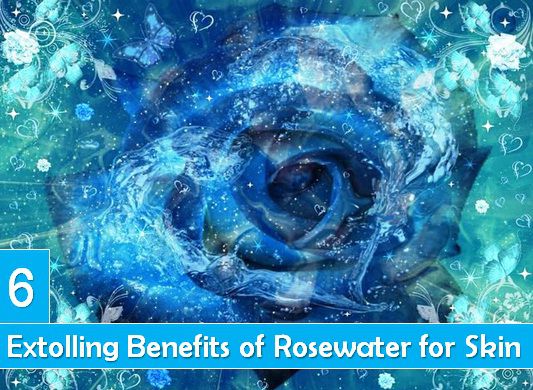

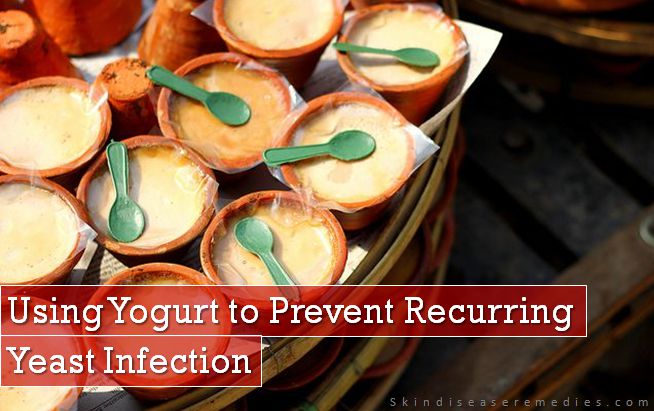
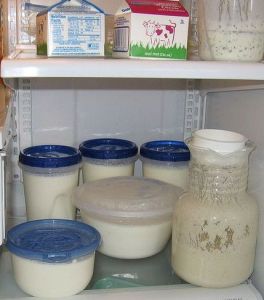
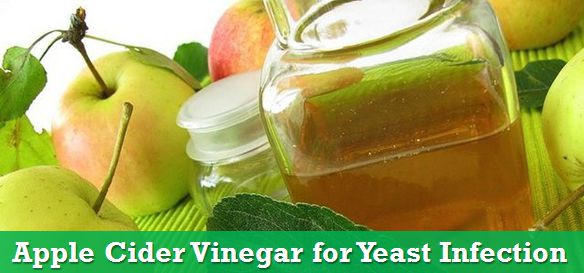
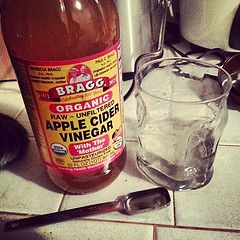
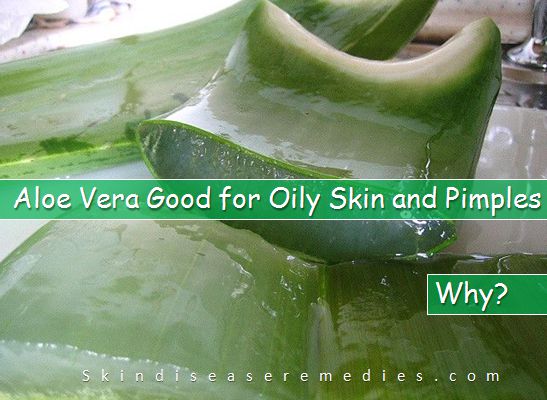
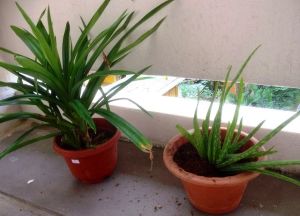 Aloe vera gel is renowned for its moisturizing properties.
Aloe vera gel is renowned for its moisturizing properties. 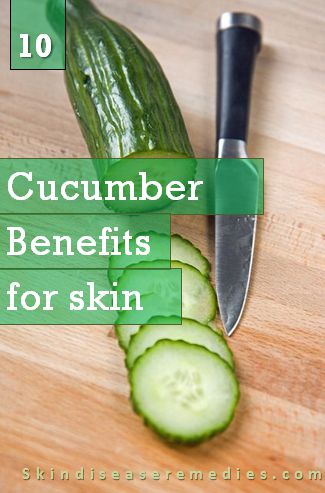
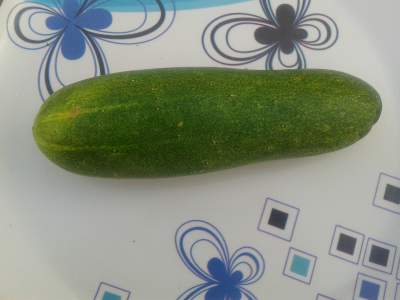




 Acne is mainly caused by excess oil, bacteria and dead cells accumulated over skin.
Acne is mainly caused by excess oil, bacteria and dead cells accumulated over skin. 